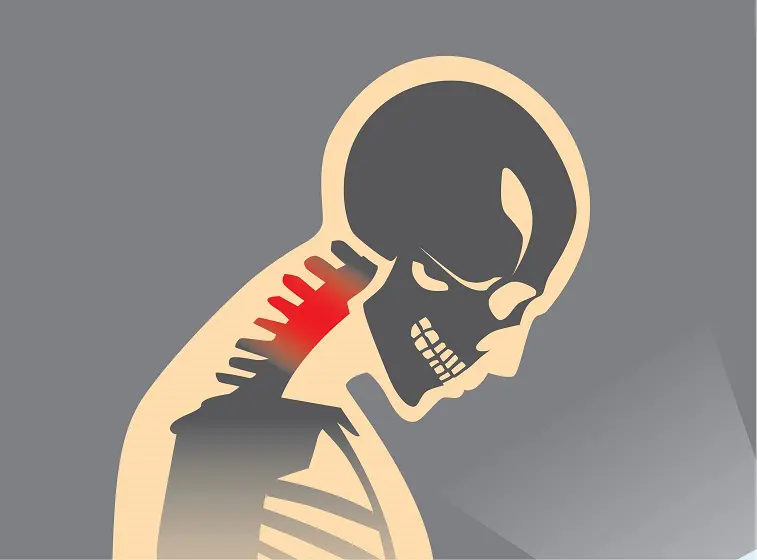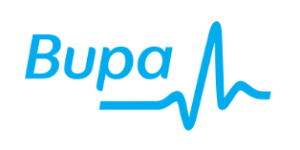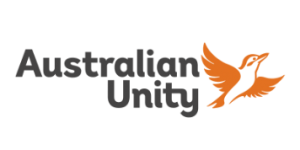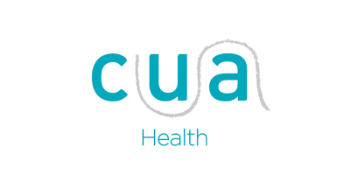Are you looking for Whiplash Treatment in Brisbane? A Whiplash injury [also known as Whiplash Associated Disorder (WAD) or neck sprain occurs when the head rapidly accelerates and stops. This exposes the neck to a pendulum effect from the weight of the head – greatly magnifying recoil.
As the name suggests, the neck jolts whip like – causing the hard and soft tissues (bones, ligaments, discs, muscles, nerves and blood-vessels) to overstretch and or compress.
Ligaments are especially vulnerable to permanent damage following whiplash, as once overstretched they can’t be re-tensioned – resulting in a loss of stability. Signs and symptoms of whiplash may be obvious immediately or over the course of a few days. A Myotherapist is an excellent clinician to assess the signs and symptoms of whiplash as well as provide Whiplash treatment.
What Causes Whiplash?
Common causes of Whiplash include: car accidents, sporting incidents and episodes of violence – but whiplash can also occur performing activities of daily life such as banging your head on a shelf while cleaning or slipping on wet tiles. Other common causes include bungy jumping and roller-coasters.
WAD can occur in a 360 degree arc – in severe car accidents it often occurs in many directions.
The severity of a Whiplash is measured in 4 grades – Grade 1 being the least severe.
The severity of the impact/deceleration of a Whiplash is directly proportional to the grade. People with less muscle density in the neck and shoulders – are more adversely affected.
Statistically females report worse long-term outcomes from Whiplash.
Signs and Symptoms of Whiplash?
Signs and symptoms of whiplash can surface immediately following a rapid deceleration injury, or may gradually occur over a few days:
- Neck Pain
- Neck stiffness
- Headache
- Dizziness
- Hoarseness and difficulty swallowing and/or chewing
- Numbness or pain in Shoulder, back or arm pain
- Altered sensation
- Weakness
- Visual disturbances
- Hearing difficulties
Signs and symptoms of whiplash can vary between people. The most commonly reported symptom is neck pain and stiffness.
How is Whiplash Diagnosed?
As discussed previously, whiplash may affect a number of structures in the neck and shoulders. A Myotherapist (Link) will establish if you have whiplash symptoms – severe whiplash may require radiological scans such as ultrasound, mri and CT to establish the extent of the injuries.
Whiplash Treatment Brisbane – Red Flags
Most signs and symptoms of whiplash injuries are relatively benign – but there are some symptoms that indicate hospitalisation is necessary after a whiplash injury:
- Incontinence or bowel problems
- fainting
- numbness in the face
- pins and needles on both side of the body
- increasing weakness
- distortion of sensations
- difficulty speaking or swallowing
- difficulties walking
Whiplash Treatment Brisbane
Best practice care for whiplash treatment and rehabilitation will involve movement retraining and strengthening. Your Myotherapist has many techniques to assist with the immediate pain and discomfort you are suffering. Supervised movement therapy will ensure that the injury has a smaller impact on your life and minimise adaptive patterns which become “locked in” as your new way of moving long after the injury has passed. Chronic pain from whiplash is not uncommon in individuals who have not had appropriate whiplash treatment.
Myotherapy whiplash treatment will include:
- Education – empowers you by removing the fear associated with neck pain caused by Whiplash – a well-rehabilitated Whiplash will recover without side effects– regardless of gender.
- Low Level Laser Therapy (LLLT) – to reduce neck pain caused by whiplash and rapidly improve the healing responses of damaged tissues – The world health organisation has recommended LLLT as part of a best practice protocol for whiplash treatment and to deal with spinal irritation and neck pain.
- Movement retraining.
- Strengthening exercises to take away your neck pain and provide stability to compensate for irritable ligaments.
- Whiplash treatment includes manual techniques such as joint mobilisations to reduce pain and improve range of motion.
- Dry needling for pain relief and to improve movement.
Myotherapy
Most whiplash patients will start to feel better within a few weeks of the injury. Your Myotherapist will:
- Empower you to perform everyday activities and lifting.
- Minimise future neck pain and disability – stop chronic pain from whiplash.
- Calm muscular spasm and improve movement “feel”.
- Calm down the nerves and nervous system.
- Reduce neck, shoulder and upper back pain, headaches and inflammation.
- Gradually normalise range of motion in the neck.
- Strengthen your neck and upper back muscles.
- Improve your posture and avoid adaptive patterns.
- Improve motor control and movement
Whiplash Treatment Brisbane, Will it get better?
Absolutely. However – most whiplash symptoms require several weeks to resolve.
Research suggests that most sufferers of whiplash recover with actively guided Whiplash treatment approach.
Related Posts
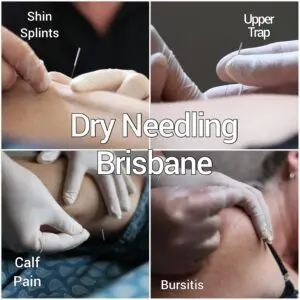
Dry Needling Brisbane

Neck Pain Brisbane
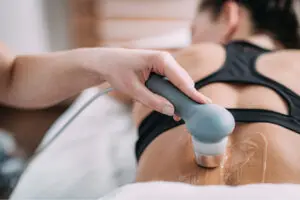
Low level laser therapy
https://www.health.harvard.edu/newsletter_article/Whiplash
https://www.health.harvard.edu/blog/treating-neck-pain-with-a-dose-of-exercise-201112123928
https://www.ncbi.nlm.nih.gov/pubmed?Db=pubmed&Cmd=DetailsSearch&Term=18204386%5Buid%5D
This paper also recommends LLLT above many other modalities including anti-inflammatories
https://www.ncbi.nlm.nih.gov/pubmed/?term=28192789
https://www.ncbi.nlm.nih.gov/pubmed/20704667
https://www.ncbi.nlm.nih.gov/pubmed/15389743
http://medlouxx.com/Internet%20medlouxx%20de/files/downloads/R%20CHOW%20et%20al%20Pain%202006.pdf
https://abcnews.go.com/Health/CommonPainProblems/story?id=4047870
https://www.ncbi.nlm.nih.gov/pubmed?Db=pubmed&Cmd=DetailsSearch&Term=18204386%5Buid%5D
https://www.ncbi.nlm.nih.gov/pubmed/?term=28192789
Effects of Neck-Specific Exercises Compared to Waiting List for Individuals With Chronic Whiplash-Associated Disorders: A Prospective, Randomized Controlled Study
Anneli Peolsson, Maria Landén Ludvigsson, Ann-Marie Tigerfors, Gunnel Peterson
Archives of Physical Medicine and Rehabilitation
February 2016, Vol.97(2):189–195, doi:10.1016/j.apmr.2015.10.087
Original research
http://arrow.latrobe.edu.au:8080/vital/access/manager/Repository/latrobe:17252

Roger Morelli


Latest posts by Roger Morelli (see all)
- Lymphatic Drainage Massage Benefits - October 18th, 2024
- Lymphatic Compression Pump Therapy Brisbane - October 16th, 2024
- Lymphoedema Brisbane - October 14th, 2024

